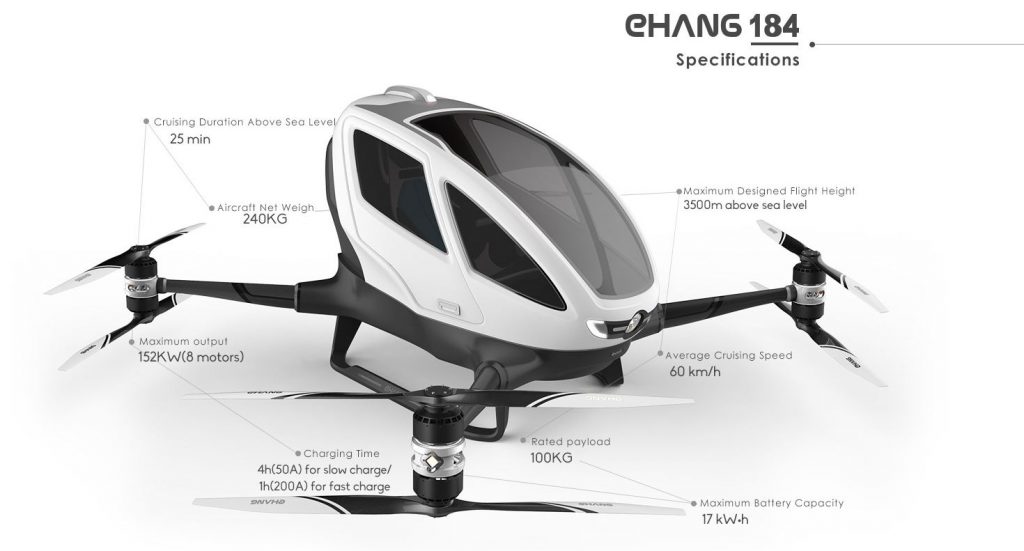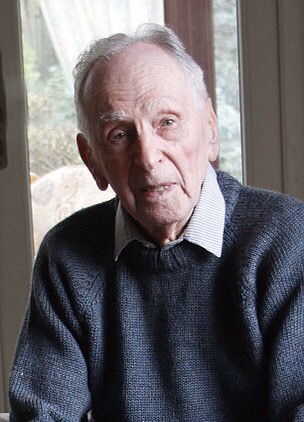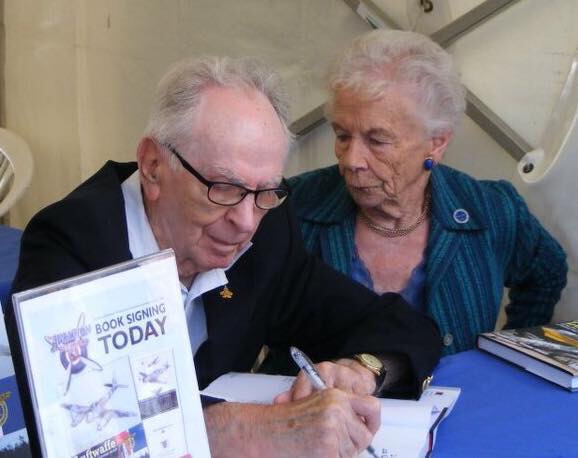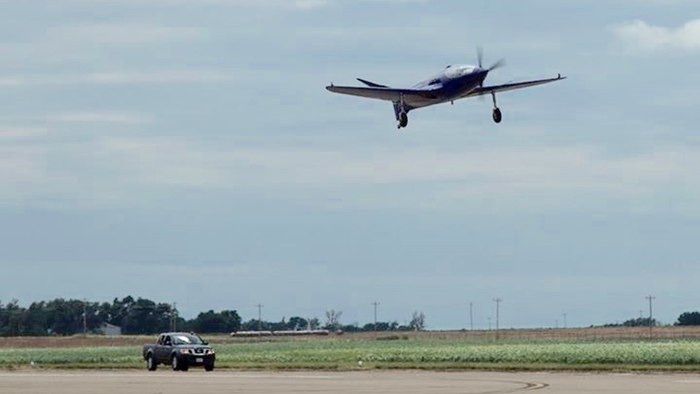Drones or Unmanned Aerial Vehicles (UAVs) are very much one of the current must have accessories, whether as an interested amateur, or one of the many companies looking to make use of the obvious benefits of drones. The price of drones has been falling steadily – a look at the numbers and range of drones available shows this. From under £20 you can now have access to any number of flying drones and the more you have to spend – the larger, more capable drone you can have.

Dangerous games?! Or useful tool?! Regulation can play a huge part in which side Unmanned Aerial Vehicles (UAVs) end up on.
But what are the implications of the increasing accessibility of UAVs/drones?
What are the dangers?
What precautions can we take to prevent accidents?
We are very much operating in a world of relative ignorance at the moment – whether as aviation professionals, or as members of the public – we have mostly avoided any major incidents with drones so far. However, left unchecked, we are in danger of an accident waiting to happen.
How serious could this problem be though? The obvious issue is aircraft to aircraft accidents, however, there is also the risk of the drones being used as weapons of terror or assassination before we even consider how they might be used to monitor or spy on people.
Sticking to the obvious aircraft to aircraft risks for the moment, the risk to an airliner from a drone depend upon many factors, any collision between the two types of aircraft is bound to result in damage to both aircraft. The extent of any damage to the airliner will depend on the size of the drone and the location of the strike. Velocity, direction and what part of the flight the aircraft is in can also contribute to the potential damage. Accidents could range from the relatively minor though costly or inconvenient, through to the usually non-fatal but expensive loss of an engine, right through to potentially catastrophic if serious damage is caused to control surfaces, stablisers, tail or cockpit by a larger drone. Smaller drones will be likely to cause damage similar to a bird strike – usually not enough to bring down an aircraft. However as larger drones become easier to access, this could change.
Given their size drones tend to be invisible to air traffic control and radar – this means that they can’t be monitored by these people. This doesn’t mean they are unregulated though, in the US the FAA (Federal Aviation Administration) sets the rules on both amateur and commercial drone activity, while in the UK it is the CAA (Civil Aviation Authority) who regulate drone activities.
The rules for amateur flight are relatively basic and very much common sense, below follows a rough translation;
- Stay below 400 ft
- Keep clear of surrounding obstacles
- Keep a visual line of sight; direct, unaided visual contact
- Remain clear of manned aircraft operations
- No flight near people or properties
- Must not be more than 55 lb (approx. 25 kg) in the US or 20 kg in the UK
- Must not be flown in a careless or reckless manner
- Not within Airport traffic zones or regulated airspace – this depends upon specific regulation and detail
This then changes if the drone is flown on a commercial basis. At this point some form of licencing or permission is needed and this means meeting requirements in terms of airworthiness, flight permissions and pilot licencing. This is known (in the US at least) as Civil Operations.
The final type of drone operation is known (again, in the US) as Public or Governmental Operations – these are limited by federal statue and are considered and determined – depending on the situation, by the FAA, for a Certificate of Authorization. The regulations, conditions and limitations are designed to ensure a level of safety equivalent to manned aircraft flight. The most common uses will be law enforcement, fire fighting, disaster relief, search and rescue and other government operations.
So we can see that, assuming Civil and Public Operations acting within their regulations, it is the general public drones that are potentially the biggest safety threat. There are hobbyists that have been flying RC aircraft and helicopters for years, at recognised sites, under strict regulation – these are not the concern as they are highly likely to understand the need for regulation and guidelines on their flights. It is the general public that is the worry, while there are guidelines and regulations in place – how many people buying drones are aware of them? And how many people, amongst the general public (where hobby drone use can include estate agents to farmers, using them for various tasks) just don’t see their drone as a potential danger?
Ultimately, it may well come down to the users being aware of the regulations, using common sense and policing themselves. It is the mindset that needs changing, we can regulate, make technical fixes and enforce complex rules on airspace all we like – it will not change a thing, without raising awareness and encouraging common sense among the general public.
Listen to the Aviation Week podcast that triggered this blog post Here












